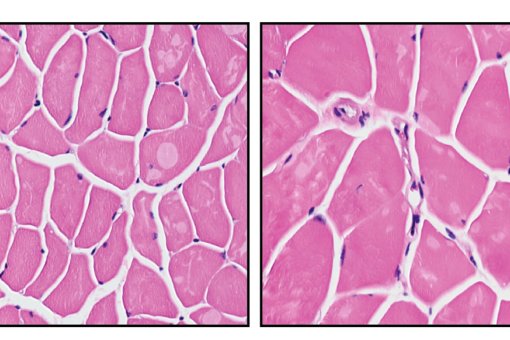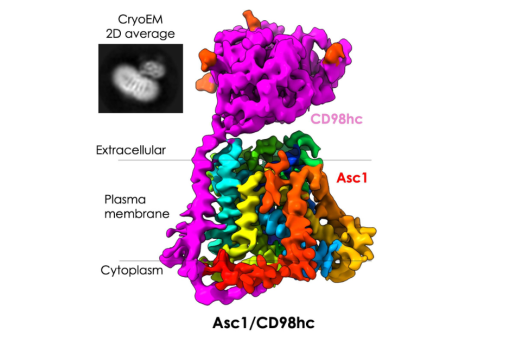Images
Contact

Just a few decades ago, ribonucleic acid (RNA) molecules were considered simple intermediaries between DNA, the protagonist of genetics, and proteins, the products of genes. RNA is now proving to play an important role in gene transcription and regulation, processes which are key to understanding how an organism develops and functions.
The study of ribonucleic acid molecules has provided many surprises, the most revolutionary being the mechanism of gene silencing, or RNA interference (RNAi). This discovery has had far-reaching repercussions in laboratories across the world, not only because the novelty of the mechanism, but also because it has enormous potential for clinical application. Just eight years after the publication of this ground-breaking work, scientists Craig Mello and Andrew Fire received the Nobel Prize in Physiology or Medicine.
To understand the scope of their discovery, it is important to know that all proteins in living organisms are produced by the translation of messenger RNA (mRNA) translation. Mello and Fire revealed that when a double-stranded RNA molecule (RNA is almost always present as a single strand) was injected into a nematode worm (C. Elegans), the mRNA degraded, and did so with incredible efficiency.
Once the mRNA that codes for a specific protein disappears, that protein is no longer produced. This observation is of key importance: proteins that are present in excessive quantities, as happens in certain diseases, can thus be eliminated. It is currently known that RNAi occurs in humans, animals and plants.
How RNAi works
The inhibitory potential of RNAi lies in a complex composed of many proteins, called RISC (RNAi silencing complex). This complex attaches itself to one of the RNA strands, and searches for its matching mRNA. It then grabs on to the mRNA and begins to degrade it. Once the mRNA is eliminated, the protein complex is free to search for a new mRNA strand (see graphic). Herein lies the great potential of this inhibitory mechanism: very few double-stranded RNA molecules are needed to destroy many mRNA molecules.
Precisely because many diseases are caused by the presence of a high level of a certain protein, RNAi has opened the door for the scientific community to search for applications in human health.
Applications
Since its discovery, RNAi has been used intensely in efforts to determine the function of genes. While the human genome sequencing project led to the discovery of many genes, the function of these genes remained a mystery. As genes were sequenced, double stranded RNA, complementary to the mRNA encoded by these genes, could be synthesized. These small RNA silencers (siRNA) eliminate proteins inside cells, allowing scientists to determine what happens to a cell when a protein is not present, thus providing important information on their function.
The direct therapeutic application of RNAi will become apparent once scientists are able to stabilize double-stranded RNA molecules and insert them into cells to eliminate proteins that cause disease.
Ramon Eritja
Barcelona BioMed Conference: "RNAi: basic biology to clinical impact"
IRB Barcelona
El Instituto de Investigación Biomédica (IRB Barcelona) trabaja para conseguir una vida libre de enfermedades. Desarrolla una investigación multidisciplinar de excelencia para curar el cáncer y otras enfermedades vinculadas al envejecimiento. Establece colaboraciones con la industria farmacéutica y los principales hospitales para hacer llegar los resultados de la investigación a la sociedad, a través de la transferencia de tecnología, y realiza diferentes iniciativas de divulgación científica para mantener un diálogo abierto con la ciudadanía. El IRB Barcelona es un centro internacional que acoge alrededor de 400 científicos de más de 30 nacionalidades. Reconocido como Centro de Excelencia Severo Ochoa desde 2011, es un centro CERCA y miembro del Barcelona Institute of Science and Technology (BIST).




